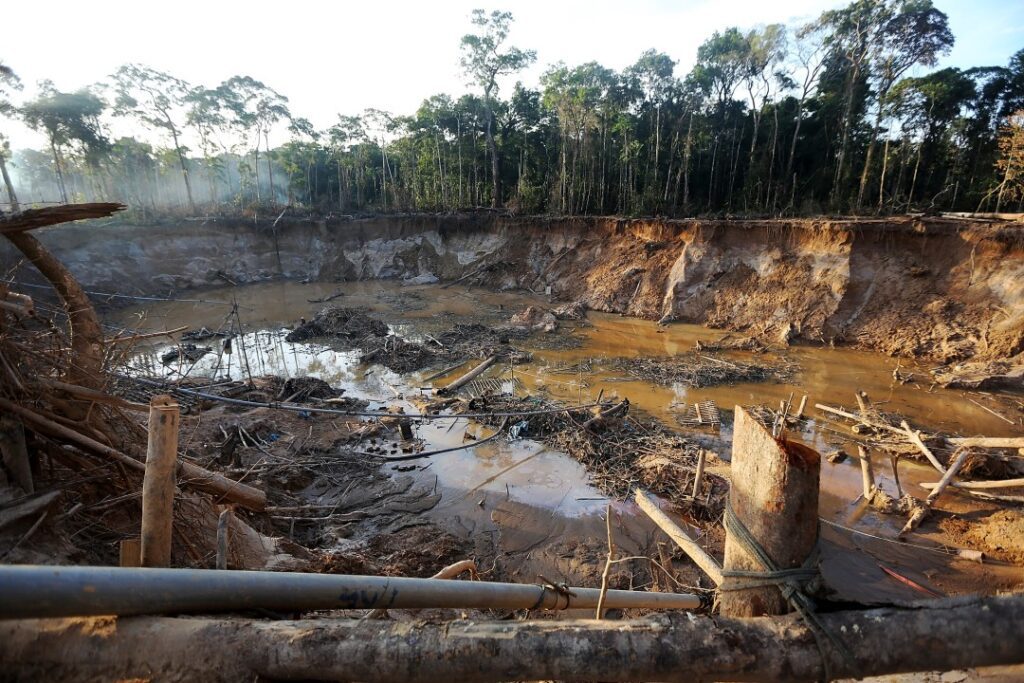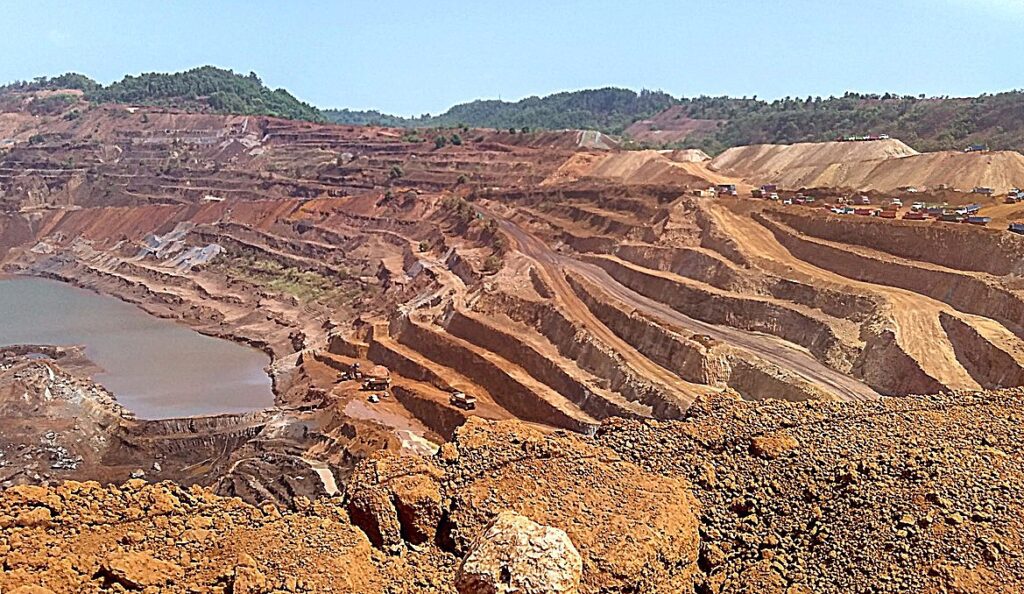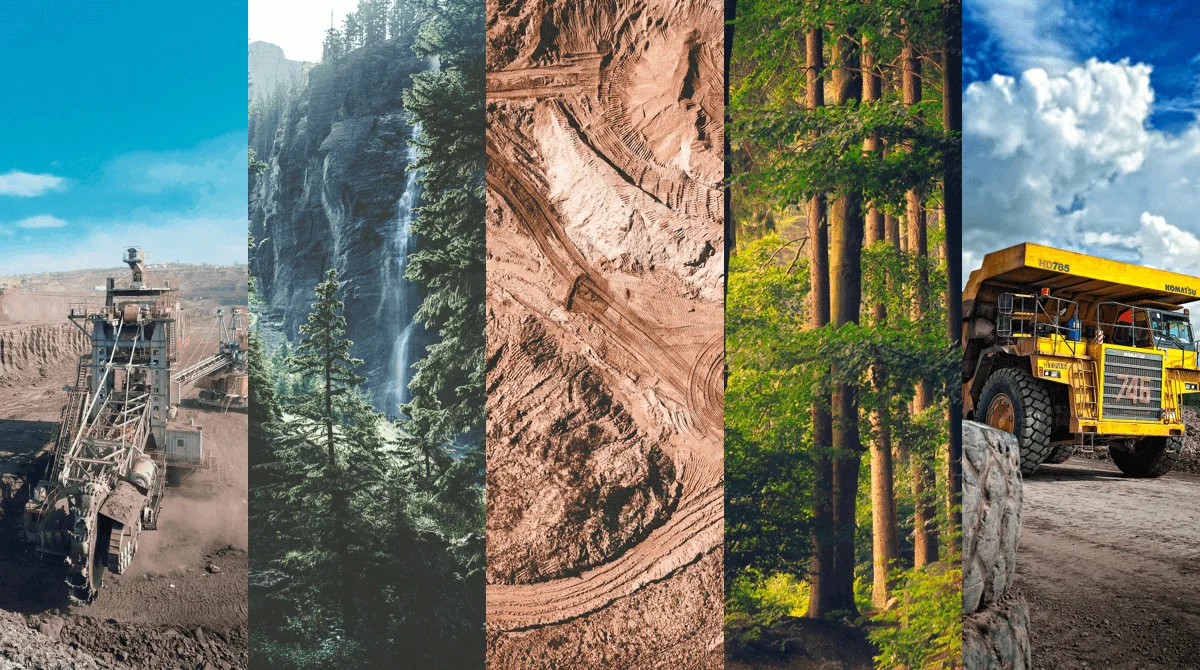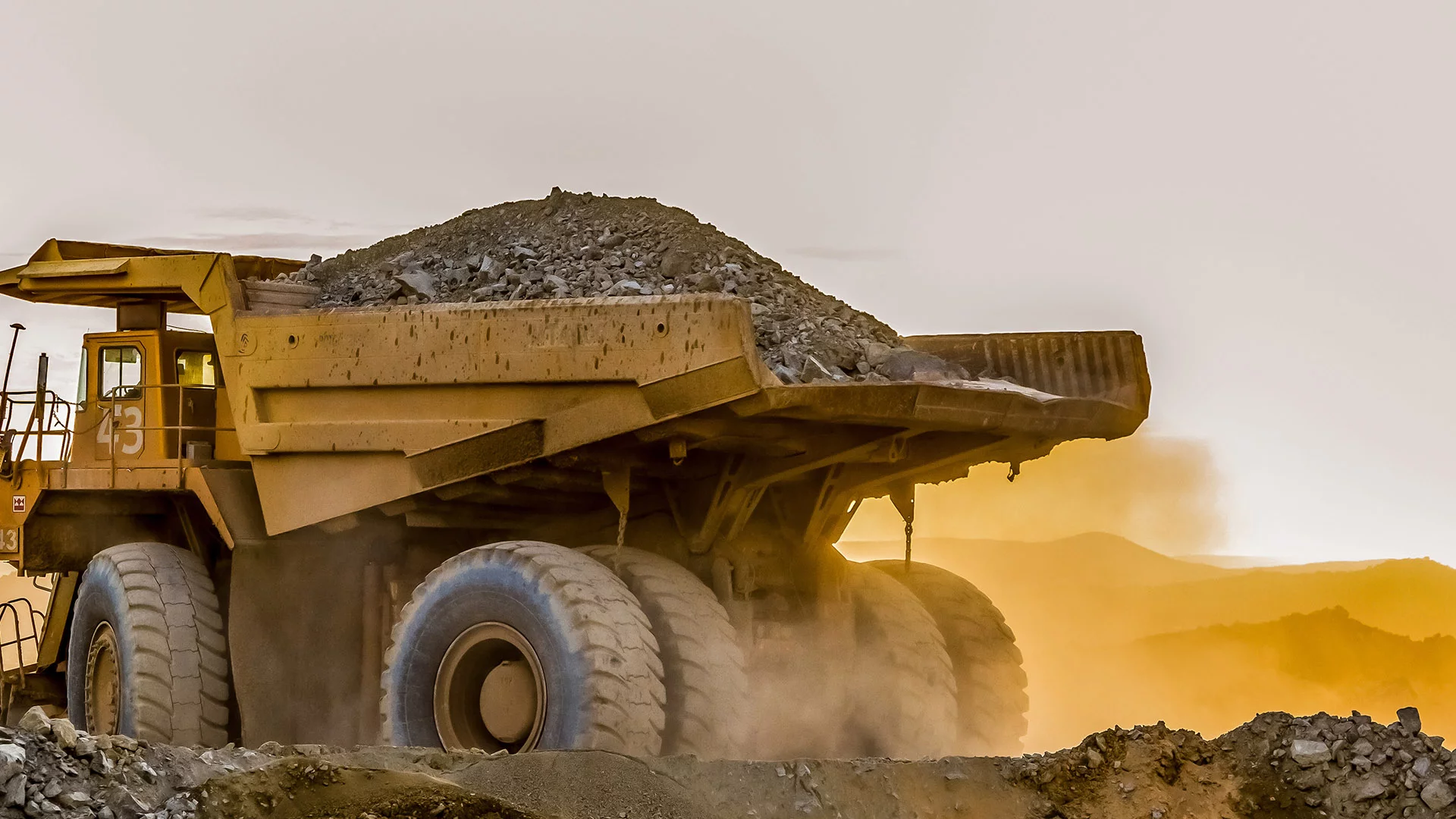The Environmental Impact of Mining: Mineral resources play a vital role in modern society, providing minerals and resources needed for industries ranging from construction to technology. However, their environmental impact is significant, often causing permanent damage to ecosystems. In this article, we will explore the main environmental consequences of mining and discuss possible solutions to mitigate its negative impacts.
The Role of Mining and Its Importance:
Mining is the process of extracting valuable minerals, metals, and resources from the earth. These materials are essential for the production of everything from smartphones to automobiles. Despite the economic benefits, mining has a severe environmental impact, affecting air, water, and soil quality.
Deforestation and Habitat Destruction of Mining:

One of the most immediate impacts of mining is deforestation. Large areas of forest are cleared to access mineral resources, leading to habitat destruction. This affects biodiversity, forcing wildlife to migrate or face extinction. In addition, the removal of vegetation increases soil erosion and disrupts ecosystems that depend on plant life.
Water Pollution and Contamination of Mining:
a) Acid Mine Drainage (AMD)
One of the most serious water pollution problems associated with mining is acid mine drainage (AMD). When sulfide minerals in rock come into contact with air and water during mining, they produce sulfuric acid, which can contaminate nearby rivers and groundwater. This acidic water is toxic to aquatic life and can make drinking water unsafe.
b) Heavy Metal Pollution
Mining releases heavy metals such as mercury, lead, and arsenic into and out of water bodies. These metals accumulate in the food chain, affecting both wildlife and human populations. The contaminated water can cause serious health problems, including neurological damage and cancer.
c) Sedimentation and Erosion
Mining disrupts natural landscapes, leading to excessive soil erosion. This results in increased sedimentation in rivers and streams, which can clog waterways, reduce oxygen levels, and harm aquatic life.
Air pollution and greenhouse gas emissions:
Mining contributes to air pollution in several ways:
a) Dust and particulates
The mining and transportation of minerals releases fine dust particles into the air. These particles can cause respiratory problems, including lung diseases such as silicosis and pneumoconiosis.
b) Toxic gases
Mining releases harmful gases such as sulfur dioxide (SO₂), nitrogen oxides (NOₓ), and carbon monoxide (CO). These pollutants contribute to acid rain, smog, and respiratory problems in nearby communities.
c) Carbon emissions
Mining is energy-intensive and relies on heavy machinery that burns fossil fuels. This results in significant carbon dioxide (CO₂) emissions, which contribute to global warming and climate change.
Soil degradation and land degradation:

Mining changes the structure and composition of the soil, making it less fertile and more susceptible to erosion. Open-pit mining and underground mining can cause land degradation, where the land sinks due to the removal of subsoil. This can damage infrastructure, buildings and agricultural land.
Biodiversity loss:
Mining disrupts entire ecosystems, leading to the destruction of plant and animal species. Many species are unable to survive when their habitats are destroyed. Long-term impacts include a loss of biodiversity, which weakens ecosystems and makes them more vulnerable to further environmental change.
Social and health impacts on local communities:
Mining affects not only the environment but also local communities. Air and water pollution can cause serious health problems, while land destruction can displace people from their homes. In addition, mining often leads to social conflicts over land rights and resource distribution.
Sustainable Mining Practices and Solutions:
a) Environmentally Friendly Mining Technologies
Adopting green technologies, such as bioremediation (using bacteria to clean up pollutants) and dry processing methods, can help reduce the environmental impact of mining.
b) Rehabilitation and Reforestation
After mining operations cease, companies should engage in land rehabilitation and reforestation efforts. Planting trees and restoring habitats can help repair some of the damage.
c) Recycling and Circular Economy
Reducing the demand for newly mined materials through the recycling of metals and minerals can help reduce environmental damage. A circular economy approach, where materials are reused and recycled, is key to sustainable resource management.
d) Strict Regulation and Monitoring
Governments should enforce strict environmental regulations and require companies to follow sustainable practices. Regular monitoring can ensure compliance and reduce illegal mining activities.
Mineral resources are an essential industry, but their environmental impact cannot be ignored. From deforestation and water pollution to air pollution and biodiversity loss, the negative impacts of mining are widespread. However, through sustainable practices, technological advances and strict regulations, we can reduce their environmental impact and move towards a more responsible mining industry.
Read Also: Lithium or white gold or new oil Found in J&K
![]()






One thought on “The Environmental Impact of Mining”